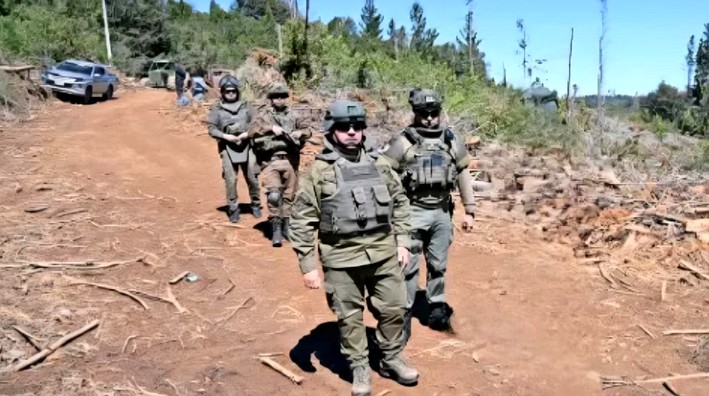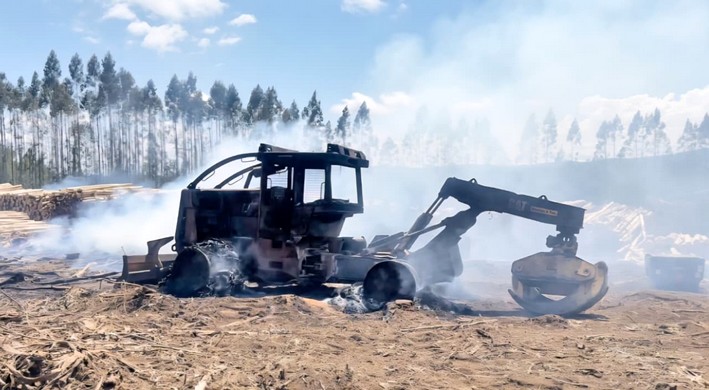Biobío is the region with the most farmers affected by wildfires
Starting this week, the delivery of the bonus for farmers affected by the recent wildfires begins.
This is the payment for the recovery of subsistence economy producers, people who cultivated for their own consumption and who will receive $1 million.
This was announced by the Seremi of Agriculture of the Biobío Region, Pamela Yáñez, who emphasized that the beneficiaries will include both users of the Institute of Agricultural Development (Indap) and the Social Investment and Solidarity Fund (Fosis).
"The census indicates that there are 4,605 affected farmers in the Region, who are being filtered because we have to be very responsible in determining who will receive the support," stated the Seremi, explaining that after this process, the number of people who will receive the aid will be determined.
Most affected region
The over 4,000 affected farmers make Biobío the region with the most damage in the forestry and agricultural sector due to the disasters.
Regarding this, Yáñez assured that "from minute one, we have been in the different affected territories. Through the municipalities, we can extend our work, and we have been in contact with all the sectors related to our portfolio."
This financial aid is one of the benefits stipulated by Indap under the productive reactivation axis, which is part of the Government's Reconstruction Plan for the regions of Ñuble, Biobío, and La Araucanía, totaling $68,862 million. The delivery method will be through electronic transfer to the accounts deemed appropriate.
Other items in this area include a $3 million bonus for productive recovery for small farmers; a subsidy of up to $10 million for working capital recovery, fixed assets, and infrastructure for MSMEs and cooperatives; plus the recovery of degraded soils, livestock production, and irrigation systems.
Additionally, Indap announced the forgiveness of loans with installments due in 2023 and a new Productive Revival Loan. Seremi Pamela Yáñez explained that "the possibility of facilitating loans with a low interest rate is being opened for farmers who want to quickly recover their productive systems."
Beekeeping
The honey industry is one of the sectors hit hardest by the emergency and will benefit from the Government's policies. Misael Cuevas, president of the National Beekeeping Network Federation, shared that they are currently facing the task of feeding bees after the toughest period of the summer events.
"We have had both public and private support for this, as it mainly involves artificial feeding. The second step is the discussions we are having with Conaf to strategize the reforestation with bee-friendly plants. We hope to start implementing more concrete strategies by May or June. With Indap, we have been discussing the recovery of productive infrastructure. We continue to support this process with our local leaders, who take on specific tasks," he detailed.
Due to the current situation, Cuevas anticipates that it will take at least three years to normalize honey production because the floral supply is no longer the same.
In this regard, the leader appreciated that "we are very well coordinated with the National Directorate of Indap and its regional branches, as well as with the Seremi of Agriculture, to ensure we are not left out of these support opportunities, which may never meet all our wishes but still help."
Source:www.diarioconcepcion.cl

















